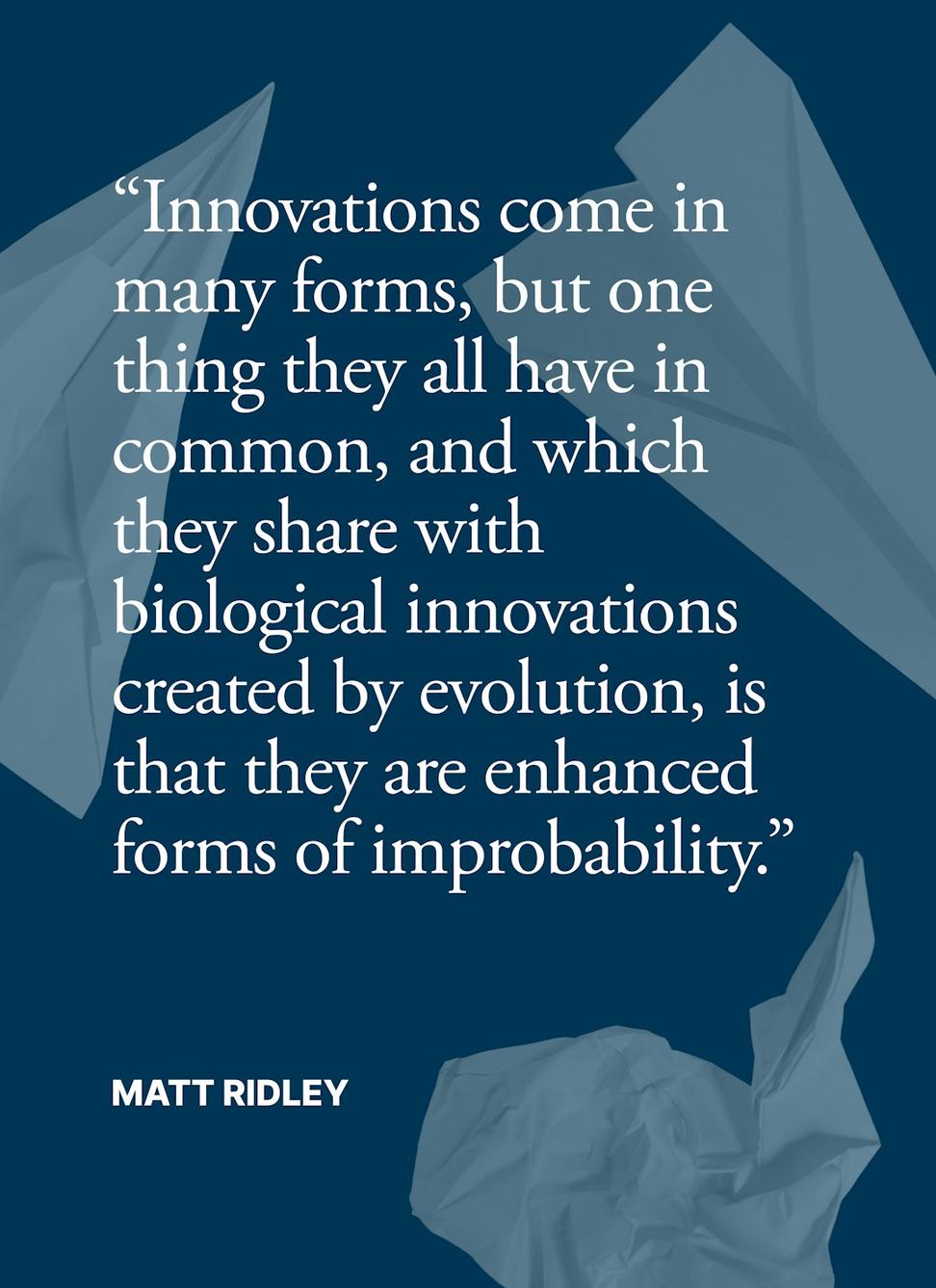The Situation: Financial services holding company with eight subsidiaries, each doing compliance their own way. Audit costs through the roof, constant risk of contradictory policies, and nobody could give the board a straight answer about their actual exposure.
What We Did: Spent six weeks mapping everything - policies, procedures, reporting lines, the whole mess. Then built a unified framework that actually made sense for how they operate. Trained their internal team to maintain it without needing us to hold their hand.
Outcome: Compliance costs down 40%. Zero regulatory violations in the 18 months since implementation. Board actually understands their risk profile now. Best part? Their internal counsel tells us they sleep better at night.







